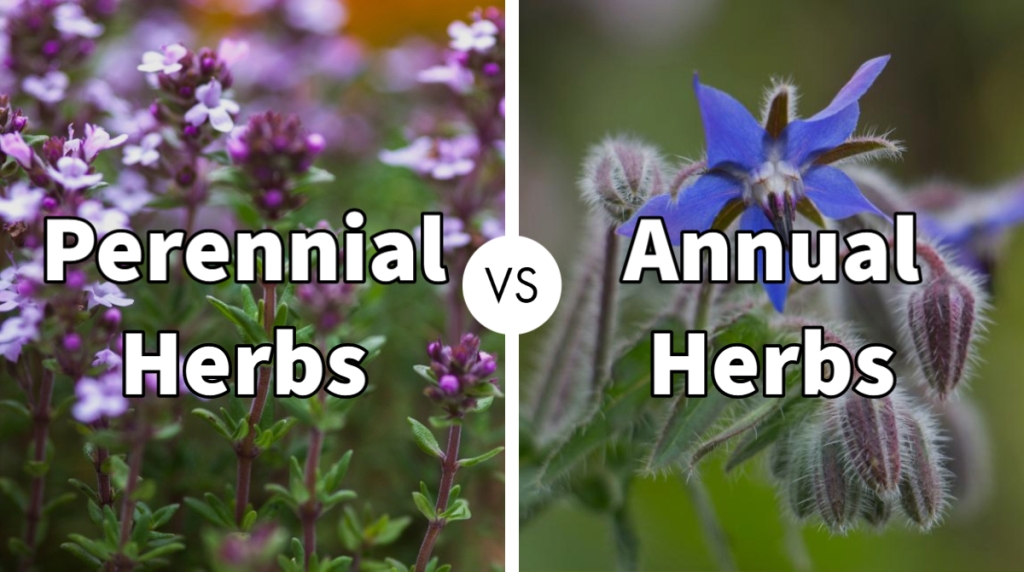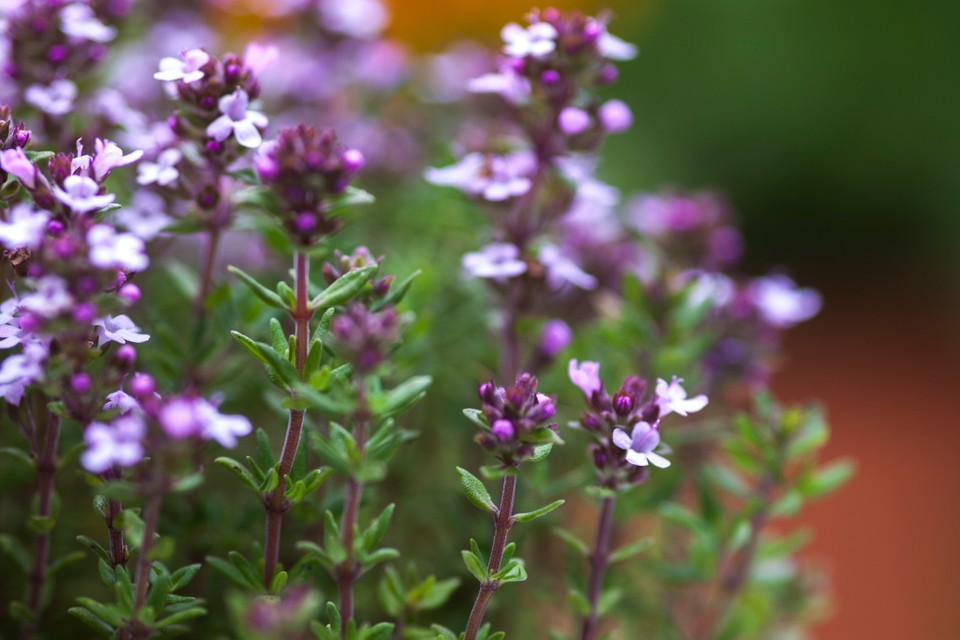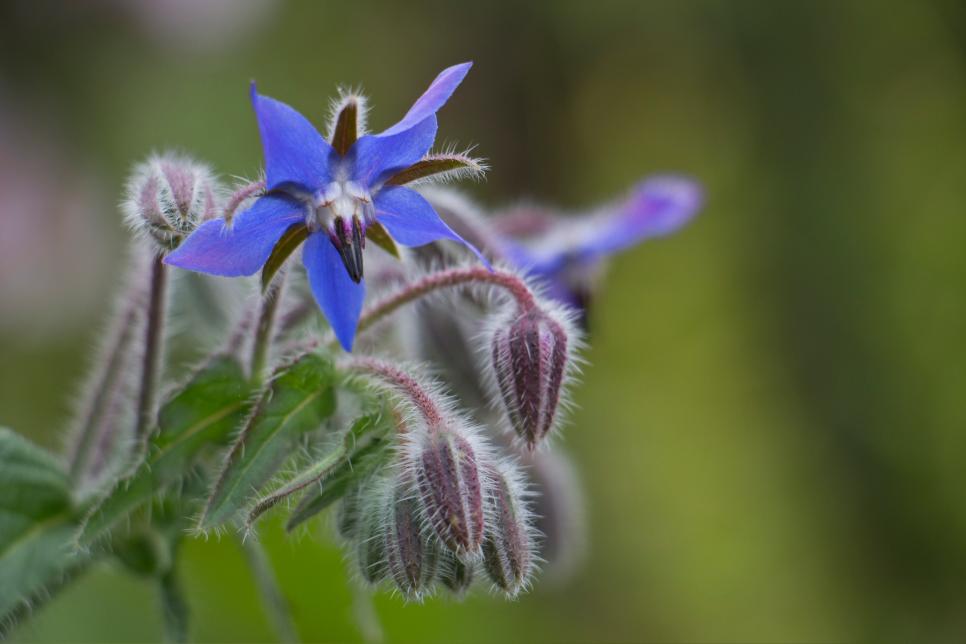Perennial Vs Annual Herbs – Know Everything About Them

Plants that usually have the properties of savory and its flavors are used as ingredients in food to give out delicious dishes. Herbs have been known for its medicinal properties and the health benefits that one can attain on its consumption. Herbs are the leafy parts of the plants and often the flowers which are fresh or may have dried out. People have also made use of herbs widely for their spiritual values. However, mostly the medicinal uses are famous. A very common way in which herbs are consumed is through teas. Herbal teas are made by mixing herbs in boiling water. Aromatic herbs play a good role in the herbal tea business. Relaxation and peace of mind are achieved on the consumption of herbal teas. Since ancient times, cosmetics having herbal properties have also been made great use of. Herbal lipsticks, scrub, creams have been very popular ever since.
Perennial Herbs

Perennial stands for the plants that can die and come back year after year with the new growth—the same stands for perennial herbs. Most Perennial herbs can live up to three years or even more and keep on spreading and give out new sprouts. These perennial herbs thrive well when the temperatures are warm in the year, and they die when the winters arrive. However, after dying, the new sprouts come back in the spring seasons. Different herbs have different tolerance towards winters, and hence they should be planted according to their preferences. The perennial herbs are also very beneficial for the ecosystem. Habitat is provided to beneficial insects like bees and butterflies. The most commonly grown perennial herbs include Ginger, horseradish, Lovage, Mint, Oregano, Fennel, Chives, Catnip, Lemon Grass, Lemon Balm, and others.
Annual Herbs

As the term suggests, Annual means yearly. Hence Annual herbs are the plants that only survive for a year and do not come back just as the perennials do. Annual herbs usually have very bright colored flowers that change the look of the garden as a whole. Annual herbs are made use of through the warmer seasons. But, it is when the winters arrive that the herbs can no longer survive and die. This is the reason why the Annual herbs are all harvested before the winter comes and kills the plant. There are a few types of annual herbs that have the feature of self-seeding. These self-seeding herbs will work if they are made to bloom towards the end of warm summers. The most commonly grown annual herbs include Basil, Dill, Summer savory, Parsley, Coriander, and others.
Life Cycle
When a comparison is made between Perennial herbs and Annual herbs, the most evident difference between the two is their life cycle. Perennial herbs go dormant in the colder seasons. When the winters have passed, new sprouts come up, and the plants live for years.
The annual herbs do not have a very long life. These herbs are not tolerant of winters and hence die when the climates go extreme. However, their benefits are enjoyed throughout the summer. While selecting the herbs, their life cycle should be considered according to your requirements.
Preference for Season and Soil
The most commonly grown Annual herbs include Basil. Annual herbs are warm-season plants. This is the reason that they prefer to be grown when the soil becomes warm and the temperatures reach at least 10C. A preferable temperature by the Annual herbs is 22C. Although the Annual herbs can do well in any soils, they are not very tolerant to droughts, Well-drained soils that are moist at all times help the Annuals show their best growth.
The most commonly grown Perennial Herbs include Ginger. Most perennials can be grown at any time of the year. It depends on the herb that is being grown. Some of the perennial herbs, including Ginger, do not do so well in winters or with frost. A recommended solution for this is to avoid planting such plants in colder climates and grow them during spring instead. For areas that stay warm throughout the year, growing the plants anytime is not a problem. Most perennial herbs do well when the soil is rich, moist and well-drained. Perennial herbs survive droughts better than Annuals when compared.
Light and Water Requirements
The Perennial herbs thrive best when they are provided with the lighting of their preference. Most perennials do not have an issue even when they are kept in light shade. Most perennials thrive in zones ranging from 9-11. The watering requirements of most perennials are not as much as the annuals as they are more drought tolerant. Although for the best growth, the soil should be kept moist at all times.
Like most other herbs, Annual herbs too do well when they are kept in locations providing lighting according to their requirements. Most annuals like Basil can do well if they are kept in part sunlight. However, it is best to provide them at least 6-8 hours of direct sunlight for optimum growth. Annuals, too, prefer their soils to be moist at all times. However, if the plants are overwatered, it could easily result in the rotting of the roots.
Feeding Requirements
For Perennials, if the plant is rich enough, there is no need for the herbs to be fertilized at all. Even in general, Perennial herbs are not heavy feeders. This means that they can do well if minimum attention is given to them for some time. However, all-purpose fertilization should be done once a month to help the plants achieve their best growth.
Annuals, too, are not very heavy feeders. However, most annual herbs prefer to be fertilized once or twice in its growing season. Annual herbs like Basils do not appreciate it when the fertilizers get on the leaves as it causes a burning sensation. The plant may accept too much fertilization by appearing bigger, but the quality is not often good.
Conclusion
Both The perennial herbs and the annual herbs have various benefits of their own. They have been providing health benefits for centuries. Not only health, but these herbs have also been used in making cosmetics, drinks, and other things. Taking care of Perennial and Annuals is not very different or difficult. However, it is their lifecycle, which is their biggest difference. The seasonal preference also has minor differences between the two. It is according to one’s choice and preference on which the selection between Perennial herbs and Annual herbs lies.





